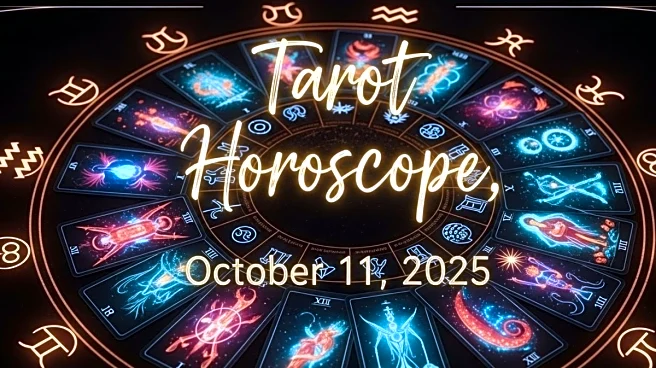
This year has been a fantastic one for skywatchers, and the excitement isn’t over yet. After the interstellar object 3I/ATLAS made headlines earlier in the year, another bright celestial traveller is about to make its mark. Comet Lemmon (C/2025 A6) is all set to light up the night sky later this month, and the best part? You won’t need a telescope or even binoculars to spot it. Mark your calendars for October 21, when the comet is expected to shine at its brightest. The date conveniently coincides with a new moon, meaning the skies will be extra dark, creating perfect conditions to catch a glimpse of this rare spectacle.Discovered Earlier This YearComet Lemmon was first detected in January 2025 by the Mount Lemmon Survey in Arizona. While several
comets become visible through telescopes or binoculars each year, only a few ever grow bright enough to be seen with the naked eye. Lemmon’s strong luminosity and active tail are what make it stand out. Nick James of the British Astronomical Association told Spaceweather.com, “This comet is developing very nicely and it is already an impressive object, well-placed for observation in the morning sky. It is definitely worth getting up for!”Why This Comet Is So SpecialComets are often described as “cosmic snowballs”, balls of frozen gases, rock and dust orbiting the Sun. Lemmon’s exceptionally bright tail has allowed astronomers to map out its likely path with unusual clarity. At its closest, it will pass about 56 million miles (90 million kilometres) from Earth. Lemmon’s orbital period is currently around 1,350 years, but after it swings past the Sun in November, it’s expected to shorten to about 1,150 years. In other words, if you miss it this time, your next chance will be sometime around the year 3175.ALSO READ: Asteroid 2024 YR4 Could Hit The Moon In 2032: What Scientists Are SayingHow And When To Watch ItFor now, Lemmon is visible in the early morning skies, but as the month progresses, it will gradually shift to become visible in the evenings too. The comet recently glided past the Gemini constellation and has moved into Ursa Major, making it easier for Northern Hemisphere observers to track. Astronomers note that comet brightness can be unpredictable, it might dim unexpectedly, but so far, Lemmon has exceeded expectations. Space.com reports that it has performed “very well” so far, and experts are optimistic about a spectacular display later this month.
/images/ppid_a911dc6a-image-176036352912045865.webp)

/images/ppid_a911dc6a-image-176010821396647144.webp)




/images/ppid_a911dc6a-image-176033205119880163.webp)






/images/ppid_a911dc6a-image-176011864612789564.webp)
